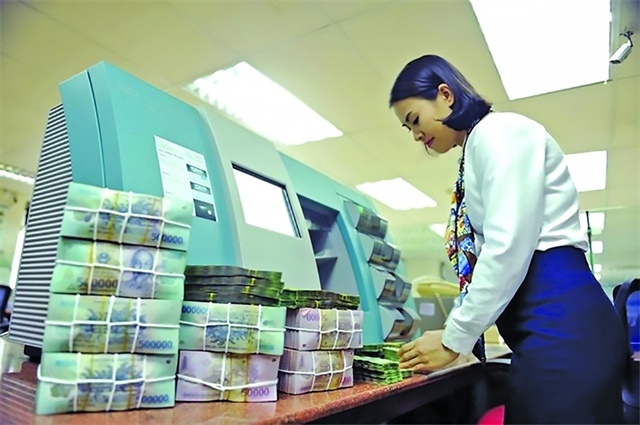18 world heritage sites: Vietnam “losing” billions of dollars?
18 world heritage sites: Vietnam “losing” billions of dollars?
Billions of US dollars of foreign investment in projects related to the 18 World Heritage sites in Vietnam seem to be "forgotten".
"Economically, having up to 18 world heritage sites is a great opportunity for Vietnam to attract many more billions of US dollars from foreign investors". Many foreign experts at economic forums held in Vietnam have said so.
Most of the World Heritage sites are located in North and Central Vietnam. In the economic development triangle of Hanoi - Quang Ninh - Hai Phong, there are up to five sites, including: Ha Long Bay in Quang Ninh with two times honored as world heritage by the UNESCO; Thang Long Royal Citadel in Hanoi; Ca Tru singing; stone steles of the Le Dynasty scholars; and the St. Giong Festival.
In Hai Phong, Cat Ba island has been recognized by UNESCO as the world biosphere reserve in 2004 and was recently submitted for consideration as a World Natural Heritage site.
In the northern region, the world heritage density has increased significantly, with Bac Ninh love duet songs, Xoan Singing and worship rites to the Hung Kings in Phu Tho, the wood blocks of Buddhist praying book at the Vinh Nghiem Pagoda in Bac Giang, and most recently Trang An landscape complex in Ninh Binh.
In total, there are up to 10 world heritage sites of all kinds and one heritage that is in the process of consideration - Cat Ba Island, Hai Phong.
The northern region is also home to thousands of relic sites recognized by the Vietnamese state, including thousands of temples, churches, cultural and art relics and unique festivals.
The central region is home to seven World Heritage sites, located from Thanh Hoa to Phu Yen, including Ho Dynasty Citadel in Thanh Ho; National Park of Phong Nha - Ke Bang in Quang Binh; Hue ancient capital city - royal court music; and the Nguyen Dynasty woodblocks in Thua Thien Hue; Hoi An ancient town and My Son sanctuary in Quang Nam.
In addition, UNESCO has suggested Vietnam make a heritage profile for the 2,500-year-old stone musical instruments of Phu Yen.
The central region is also home to many world-famous bays and beaches such as My Khe in Da Nang, Nha Trang in Khanh Hoa and Mui Ne in Binh Thuan.
Vietnam has not fully exploited the potential offered by these sites.
Neglecting billions of dollars
Experts say that Vietnam should develop tourism and services related to these sites. Some provinces have pursued the advice and obtained good results.
In 2012, the year that was chosen as National Tourism Year of the central coastal region, the six provinces in this region, which have four World Heritage sites, chose the theme "Heritage Tourism" for the year and developed joint tourism products for the region.
According to statistics from the General Department of Tourism, thanks to this program, tourism revenue and the number of tourists in the region increased by over 20% in 2012.
Thua Thien Hue alone welcomed nearly 3 million visitors, an increase of over 25% compared to 2011 and earned revenue of more than VND4.5 trillion from tourism.
On a national scale, with the "heritage” theme, Vietnam achieved many impressive numbers.
According to the tourism sector, the country welcomed a record number of nearly 7 million international visitors and $8 billion from tourism in 2012.
According to experts, linking world heritage sites into one system to make an "axis heritage" and creating unique tourism products related to these heritage sites would attract billions of US dollars of foreign capital for tourism projects.
In recent years, Vietnam has been focused on luring foreign investment in industrial parks and export processing zones and forgotten that the country possesses the potential that few countries in the world have - world heritage sites.
Through the heritage, a lot of investment opportunities will open up for Vietnam, experts say.
Thailand, with 13 world heritage sites, is quite successful in calling for foreign investment in business projects to serve the heritage.
Mr. Ngo Trung Hai, director of the Rural and Urban Planning Institute, said that at an international conference on tourism and investment, said that French visitors chose Thailand to visit because France had access to information about Thailand and its heritage sites.
The French tourists felt "familiar" with Thai heritage because they could use services offered by French investors such as French-style resorts, restaurants with French cuisine, gifts and shopping.
Vietnam should review and have a strategy to call for foreign investment based on the potential axis of heritage sites in Vietnam.
vietnamnet



















